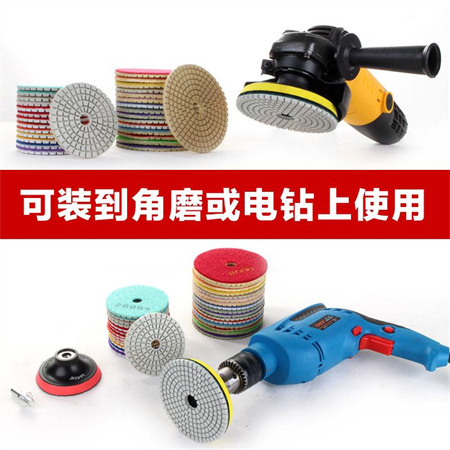Creating Training Modules for Stone Polishing Professionals
Stone polishing is an intricate art that combines both skill and precision. Whether it’s marble, granite, or any other natural stone, the final polished finish can make all the difference in a project’s overall appeal. As the demand for high-quality stonework continues to rise, professionals in the stone polishing industry need to stay ahead of the curve. The best way to ensure that both seasoned experts and newcomers can excel is through comprehensive, hands-on training. So, how can we design effective training modules for stone polishing professionals?

A good training module begins with the basics. Professionals must learn about the materials they’re working with, including the various types of stones, their chemical compositions, and the most common defects they might encounter. From here, the training can introduce the tools of the trade, starting with the various polishing machines, abrasives, and compounds that are used in the process. Workers should also be educated on how to care for these tools, ensuring they last longer and perform more effectively.
Once the fundamentals are covered, training needs to shift towards technique. Polishing is as much about feel as it is about knowledge. Mastering the pressure, speed, and angle at which the polishing machine is held can make or break the result. For this reason, training should include hands-on practice sessions where professionals can experiment and fine-tune their approach. An experienced instructor can offer guidance on the best ways to avoid common pitfalls, like over-polishing or uneven finishes, which are often the result of improper technique or rushing the job.
Safety should also be a key element of any training module. Stone polishing involves the use of heavy machinery, abrasive compounds, and chemicals that can be hazardous without proper handling. Professionals must be trained in safety protocols to ensure their own well-being and that of their colleagues. This includes wearing the right protective gear, using equipment correctly, and knowing how to handle hazardous materials safely. Additionally, workers should be taught to recognize the risks posed by certain stones or chemicals, such as silica dust, which can be harmful if inhaled.
One of the most important aspects of creating training modules is ensuring that they are adaptable. The stone polishing industry is constantly evolving with new tools, materials, and techniques emerging all the time. To stay competitive, professionals need to be able to adapt to these changes quickly. Training modules should be designed with this in mind, offering ongoing support and updates as new innovations in the field arise. This could include access to online resources, advanced training for experienced workers, or a series of masterclasses on the latest techniques and technologies.

Finally, it’s essential that training modules include an element of evaluation and feedback. Professionals must be able to track their progress, identify areas for improvement, and gain the confidence needed to perform their tasks efficiently. This can be done through practical assessments, written tests, and post-training feedback sessions with instructors. By making continuous learning a priority, workers will be able to hone their skills and build upon the foundation laid by the training.
In conclusion, creating effective training modules for stone polishing professionals is about much more than teaching how to operate a machine. It’s about providing a comprehensive, hands-on education that equips workers with both the knowledge and skills they need to excel in their craft. By offering a balanced mix of theoretical understanding, practical experience, and ongoing support, training programs can ensure that professionals are ready to meet the demands of the industry. Whether you’re just starting in the stone polishing field or you’ve been working in it for years, the right training can make all the difference in achieving the perfect finish every time.
